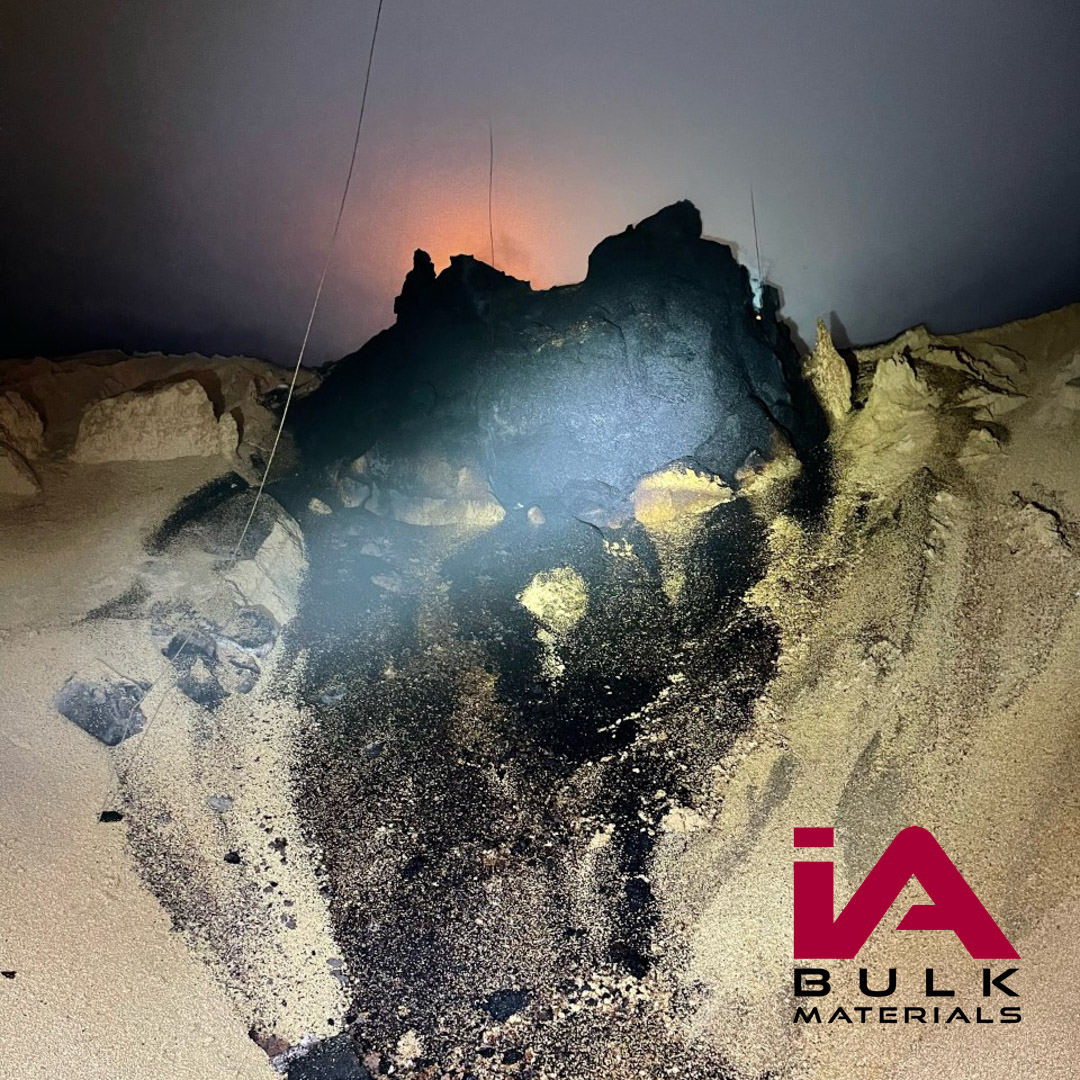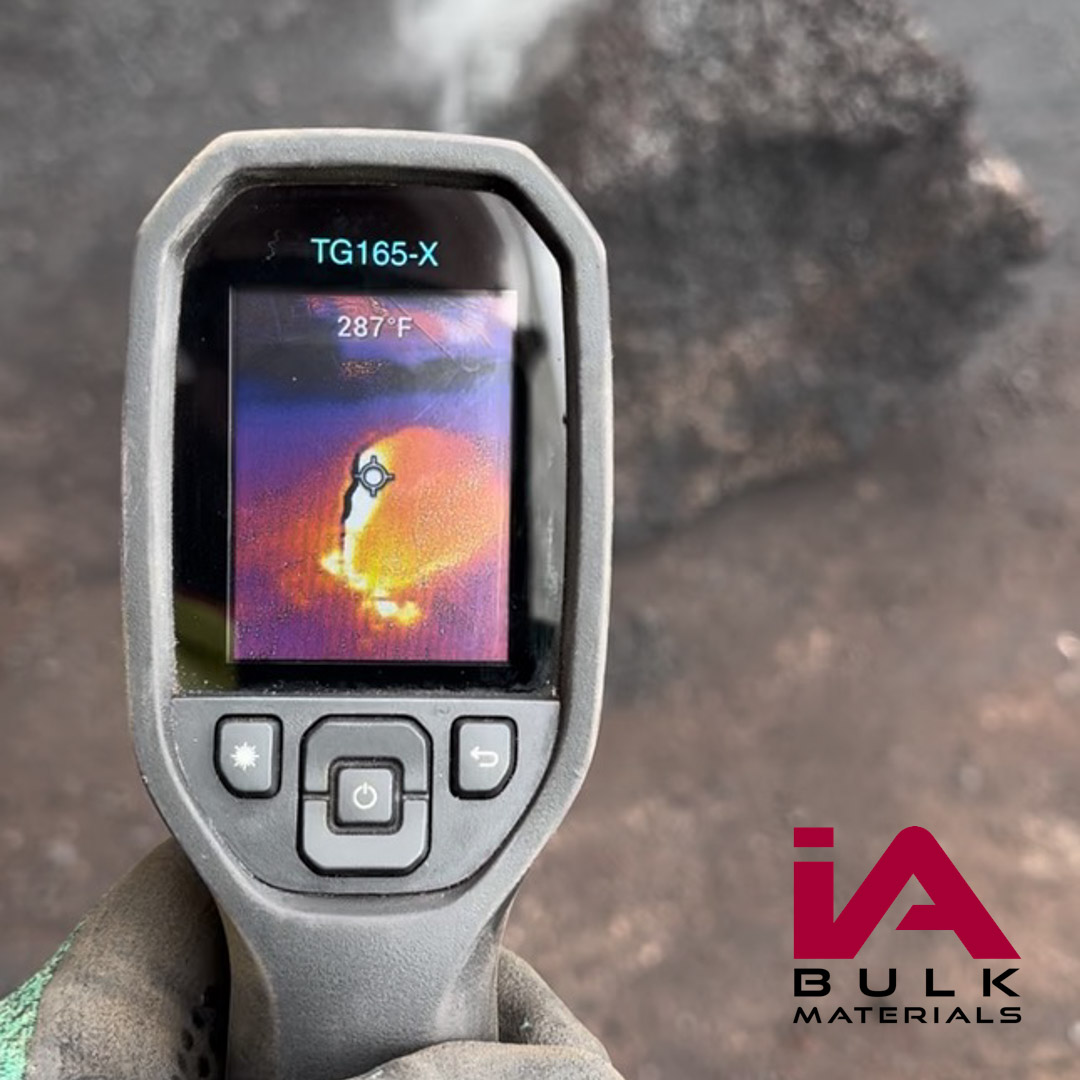We Resolve Storage Structure Fires
In storage structure fires, there are many steps that need to be ensured in order to safely get the smoldering material out. These steps also eliminate the risk of the structure exploding or continuing to be at risk. By trusting our experts, you are saving your facility.

Check out this short video that goes through our fire mitigation process. This takes you through our NPU System from our high SCFM air compressor, then to our Nitrogen Membrane Unit, and finally to how we gas purge the unit to prepare for removal of the material.
Our system allows for complete service of silo fires from response arrival to getting the silo empty.
Emergency Fire Response: Process
In times of need, let IA Bulk Materials be your safety net. Our experts are equipped to handle it all.
Having the equipment and systems to set up complete nitrogen generation on-site allows us to create safe air levels to clear the burning material out. Our system starts with a high psi/scfm air compressor that goes into our nitrogen membrane generator. This produces 96-99% purity on site. From there, we are able to use an air probe to reach the bottom of the silo and an extra large airline that goes into the headspace at the top with a vaporizer. This step allows us to keep an oxygen deficient atmosphere, with oxygen levels close to 0, in order to get the material out. By having these processes set up, we are able to keep a safe environment within permissible limits to safely remove the material from the silo.
IA Bulk Materials is here to help when you are in need. We service all structures and can help mitigate your storage fire to keep your staff and community safe. Mitigating this risk in your facility is crucial in these times of critical situations. Trust the experts and let us take care of it.


Keep Our Number Close: 770-255-1322
Our phone lines are open 24/7, 365 days a year to always be available for our trusted clients. Let us be your first call in critical need to handle everything at once: emergency mobilization, atmospheric control, fire suppression, and commodity removal. Not only save the time in movement, but the cost of multiple mobilizations and travel with multiple contractors. Reach out to start the line of communication with us for an even faster timeline when you need it.


